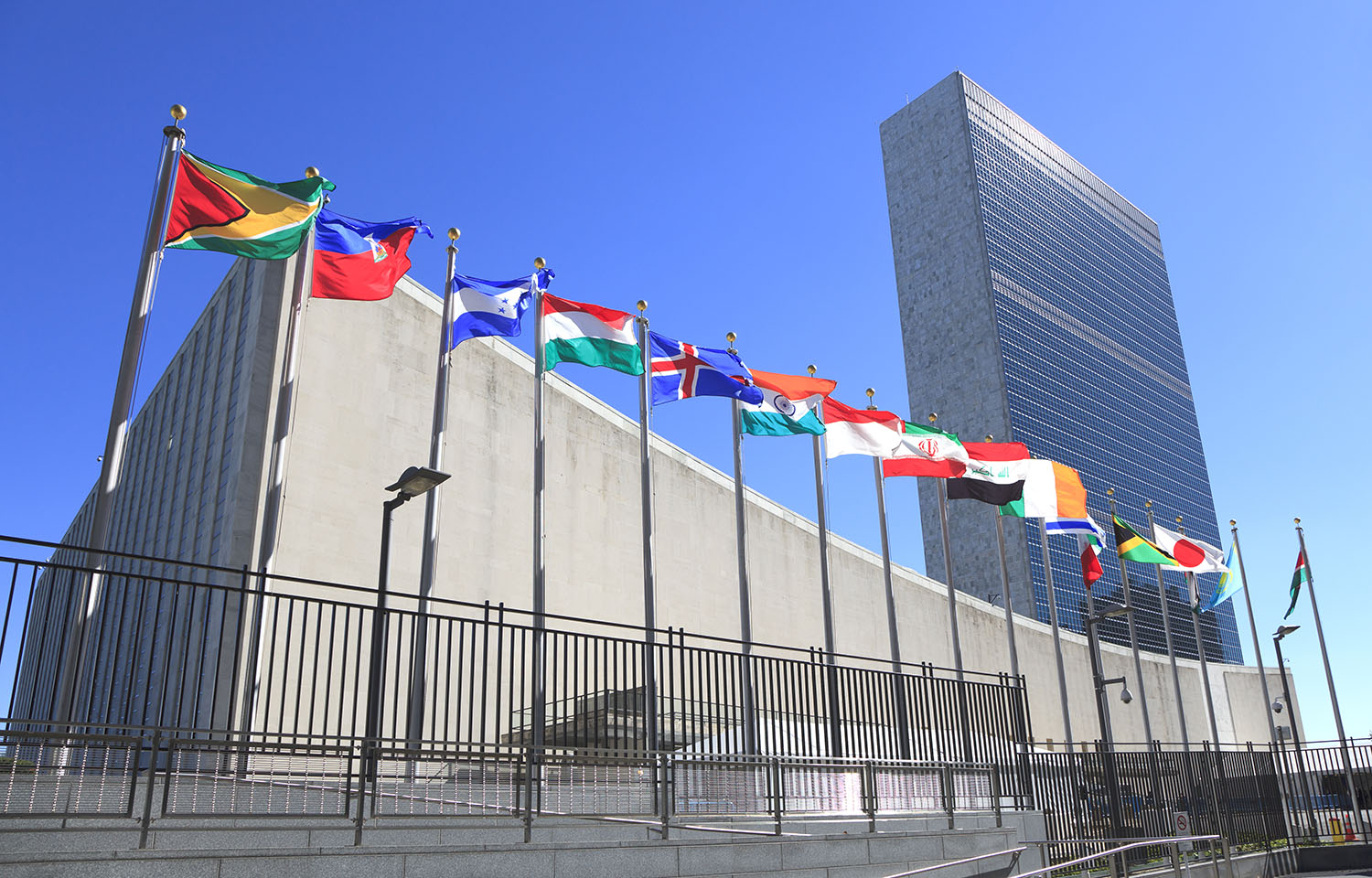The biodiversity beyond national jurisdiction (BBNJ) agreement, also referred to as the High Seas Treaty, is moving closer to enforcement, and countries are meeting from 24 to 26 June as part of a United Nations preparatory commission to discuss the next steps.
The High Seas Treaty is the result of almost 20 years of U.N.-facilitated talks that culminated in a March 2023 deal, adopted in June 2023. The treaty opened for ratification in September 2023 and, if it enters into force through the ratification of at least 60 countries, it would place 30 percent of the world’s oceans into protected areas, inject more money into marine conservation, and put stipulations around access to and use of marine genetic resources.
The High Seas Alliance and other NGOs are pushing countries to ratify the agreement. To date, 90 nations have signed the treaty, signaling intention to ratify, but only seven – Palau, Chile, Belize, Seychelles, Monaco, Mauritius, and the Federated States of Micronesia – have formally ratified the agreement.
The meeting starting 24 June 2024 will focus on the High Seas Treaty’s main issues: marine genetic resources, area-based management tools, environmental impact assessments, capacity building, and the transfer of marine technology, according to the U.N.
As governments prepare to meet, the High Seas Alliance, a group representing multiple environmental NGOs, including the Marine Conservation Alliance, Greenpeace, Global Fishing Watch, the Environmental Justice Foundation, and more, started a countdown as it advocates for full ratification of the High Seas Treaty by June 2025.
“Today, the countdown for all nations to ratify the High Seas Treaty within a year has begun,” High Seas Alliance Director Rebecca Hubbard said. "The treaty represents an historic step forward for humankind; it’s a momentous opportunity to protect life in the global ocean beyond our national borders.”
The countdown coincided with the release of a paper in the scientific journal Nature – “To save the high seas, plan for climate change”– which said accounting for climate change will be essential when negotiating how the High Seas Treaty will tackle biodiversity. It also said the treaty will be essential to protecting the oceans, as there is no current international mechanism for biodiversity conservation in the high seas.
“Protecting biodiversity in the high seas in the face of climate change is an ongoing chess game,” the paper said. “Coordination across jurisdictions – including national and international boundaries and the high seas – will be crucial.”
The paper said governments can take three crucial steps to address climate change’s impacts on species in the high seas: collaborate on fisheries management to conserve species that are moving due to climate change, coordinate plans on conservation across both the high seas and national jurisdictions, and share and build scientific capacity across jurisdictions to accurately model ocean ecosystems and how species are moving amid climate change.
“We need to be thinking on two timelines at once – how the species in the high seas live now and how they might live decades from now as climate change worsens,” Lee Hannah, the lead author of the paper and a senior scientist of climate change biology at Conservation International’s Moore Center for Science, said. “Of course, it’s made all the more complicated that no one country is in charge of the high seas; it’s a global group effort. But, that’s why it’s so important to start planning now so we have a solid roadmap by the time the treaty has entered into force and is ready to be implemented.”
A roadmap will help countries implement conservation measures – including potentially implementing high seas marine protected areas – in ways that take potential environmental changes into account.
“Our success in responding to the climate and biodiversity crises also depends on how we can adapt to a constantly changing environment,” Hubbard said. “As governments gather this month to decide the processes to implement the treaty, we have an important opportunity to factor in effective responses to marine protection and get ahead of the curve on climate change impacts in over two-thirds of the world’s ocean.”








